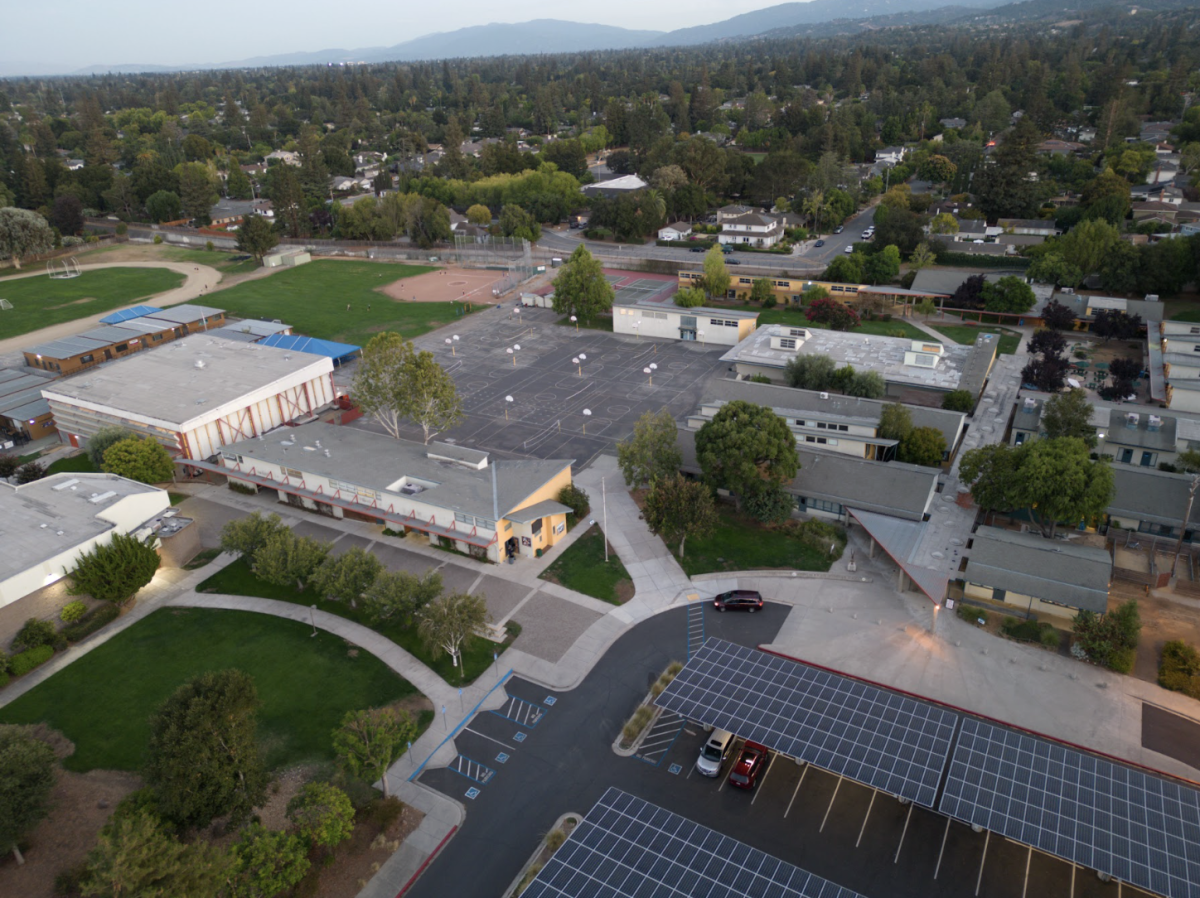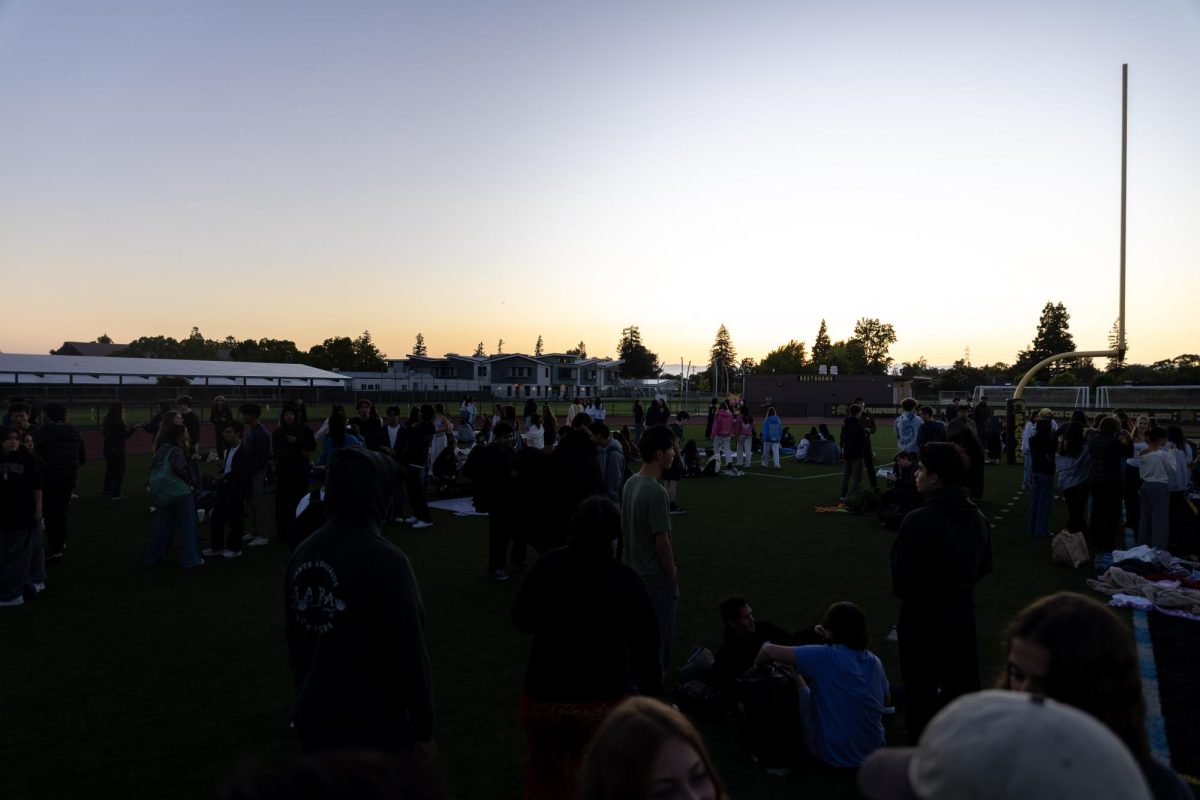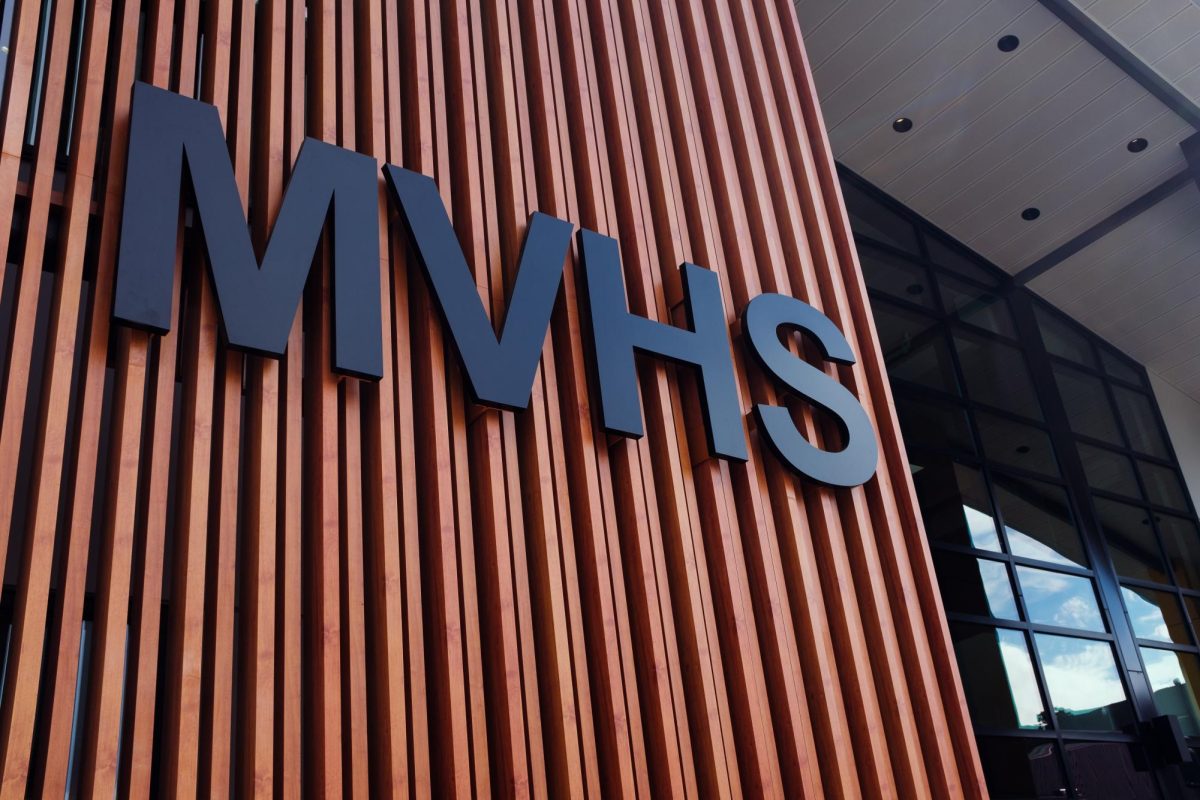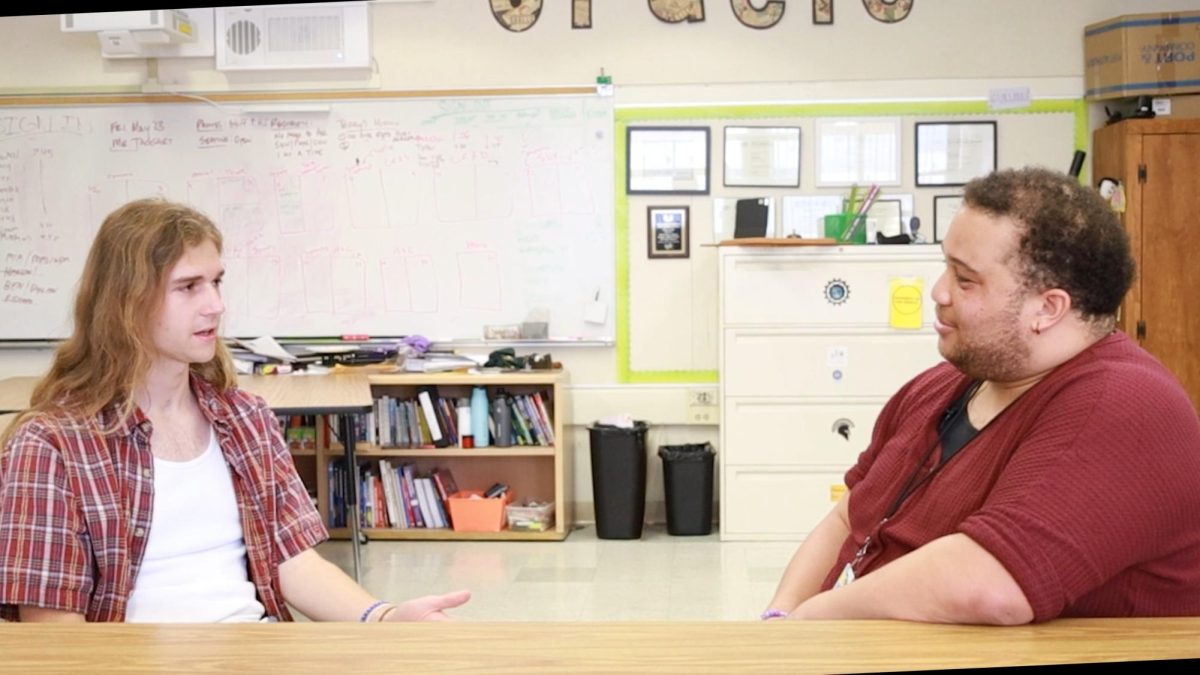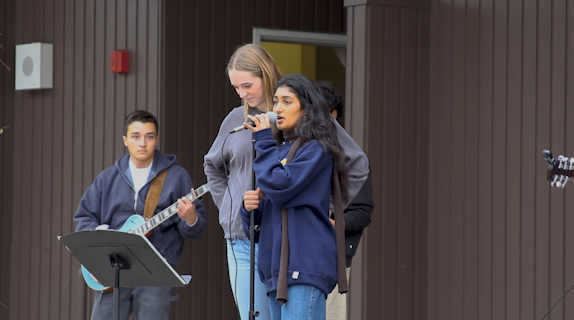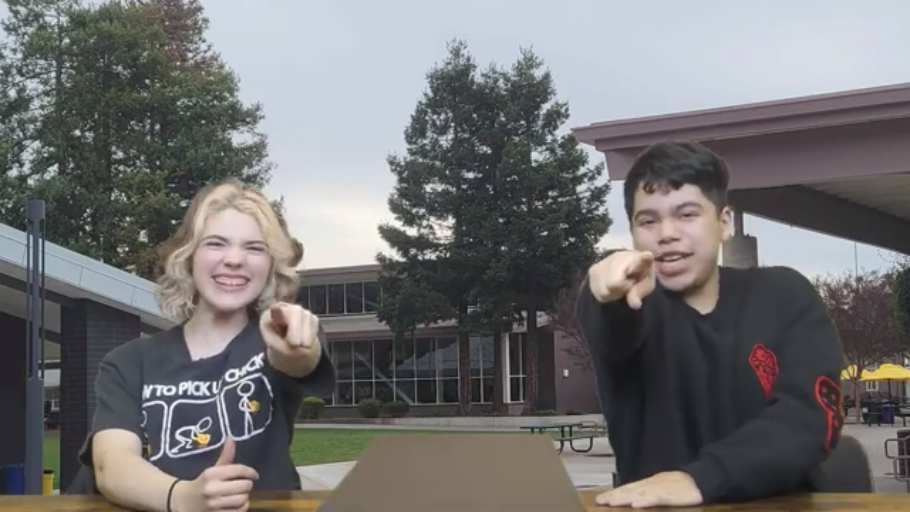*Disclaimer: This article is an informal look at how the upcoming Trump administration’s policies could affect MVHS students and their families. It is not an approval or criticism of any one individual, party, or policy. The views expressed are those of the writer, not the opinion of the Oracle nor MVHS.
Like it or not, former president and now president-elect Donald Trump will serve as president of the United States for the next 1,460 days, starting Jan. 20. The policies that he’s touted throughout his campaign will likely be implemented, though certainly not without controversy.
Santa Clara County, as expected, largely consolidated support behind Kamala Harris, with 67% of ballots in favor of the current vice president on Nov. 5, according to preliminary results from the Santa Clara County Registrar of Voters.
MVHS students who do not support Trump or his policies have the luxury of living in a deep blue state, in a deep blue county, in a deep blue city. People in other states and regions will likely experience more dramatic change. Still, the country will be affected as a whole, and our community with it.
Here’s what to expect in the next four years as a Mountain View or Los Altos resident.
Immigration
A key tenet of the Trump administration immigration policy is a mass deportation of illegal migrants. The Pew Research Center estimates that 1.85 million undocumented immigrants live in California.
One of the school’s most famous alumni, Jose Antonio Vargas, a Pulitzer Prize winning journalist and former editor-in-chief of the Oracle, was himself undocumented when he graduated in 2000. Santa Clara County is estimated to hold well over 100,000 undocumented immigrants, with around 6,000 of those under 16, according to the Migration Policy Institute Though we cannot say with certainty that there are undocumented immigrants that attend MVHS, there are certainly undocumented members of the Mountain View-Los Altos community.
The Trump administration, if the president-elect’s policies are implemented, would make a concerted effort to remove those people from their homes, send them to detention centers, and deport them.
Here’s the thing. Finding and rounding up millions of people is an incredibly difficult task. Experts say that it’s pretty much impossible. There are an estimated 11 million undocumented people living within the United States. Employing thousands of more ICE agents and building out detention centers to follow through would take significant changes to the immigration process, and would likely require congressional approval.
However, if Trump’s plan is somehow, magically, impossibly followed through, it will have massive implications for the state, county, and city’s residents, documented or not. The American Immigration Council estimates that successfully deporting 11 million immigrants would cost the U.S. Gross Domestic Product between 4.2% and 6.8% – well over $1 trillion. For reference, the Great Recession lowered the GDP by around 4.3%.
Abortion Rights
Local supporters of reproductive freedom have the benefit of living in California. Since 1969, abortion rights have been enshrined in the California state constitution, according to the Center for Reproductive Rights. In 2022, Californians overwhelmingly passed Proposition 1, which explicitly guaranteed rights to abortion and reproductive care. For Californians, abortion rights are not under threat.
Unless, of course, Project 2025 is implemented. The nearly 900-page plan mentions “abortion” 199 times throughout, each time describing how access to it will be taken away. One of the many ways the playbook aims to limit abortion access is by banning some mail-order drugs — specifically mifepristone, an abortion pill commonly used with misoprostol across the nation. Medication abortions, which primarily use mifepristone, account for 63% of abortions nationally, according to the Guttmacher Institute. Project 2025 seeks to revoke FDA approval of the drug.
Trump has so far distanced himself from Project 2025 while campaigning. He has said that he is uninvolved with the project, and does not plan to implement it. However, the reality remains to be seen — half of its authors were involved in Trump’s previous administration or campaign and transition teams.
Unless a national abortion ban is passed — an unlikely scenario, and Trump himself says he won’t sign it into law — MVLA residents will still have access to abortion.
However, students who graduate and move or attend college out of state may face different circumstances. Across the country, 10 bills expanding abortion rights appeared on the Nov. 5 ballot, but only seven were passed. Nebraska, bucking the national trend, passed a bill limiting abortion. In Florida, abortion is still banned after six weeks after a bill extending the legal period to “fetal viability,” normally around 24 weeks, failed to reach the required 60% vote. For many seniors applying to college this year, reproductive freedom may play a role in making a decision about where to attend school.
Economy
Another key tenet of the Trump administration’s plans is taxation. The median income in Mountain View is about $96,000, according to census data. Under Trump’s plan, taxes will increase by roughly 2.0%, according to the Institute on Taxation and Economic Policy.
Trump will attempt to extend his 2018 tax cuts and remove taxes on tips and overtime pay. If passed, it will directly affect students and residents who work tipped jobs.
Because, on average, Silicon Valley earns significantly more than the rest of the U.S – $59k versus $34k, per the census – Trump’s tax plan won’t change things for people here quite as much as it will for the rest of the country, assuming everything he plans is passed in Congress.
Even without Congress, however, Trump may have the ability to implement tariffs through powers given to the presidency in the mid-20th century. His plan, though it has not been fully fleshed out yet, would raise a 60% tariff on all goods from China, as well as a 10-20% tariff on all imports. If implemented, the Tax Foundation estimates the average tariff rate on all imports would reach levels not seen since the 1930s, with the Smoot-Hawley tariffs, which for reference were passed under Hoover and worsened the Great Depression significantly after other countries retaliated with tariffs of their own.
The foundation estimates that taxes on households will increase by around $1,200 if a 10% tariff is enacted, and around $2,000 for 20%. Other models from Yale and Wharton have even higher effects — the Tax Foundation is relatively conservative with their estimates. Regardless of model, prices will go up, no matter where in the country you live.
Here’s the thing, though.
Donald Trump has won the election. Kamala Harris has conceded, and come the last Monday of January, Trump will make a triumphant return to the White House. Though Mountain View, Los Altos, and California as a whole avoid some of Trump’s plans, there will be, most certainly, change.
But, as Jon Stewart said so eloquently on his election night show, “We’re not really going to know s—.”
Punditry and predictions, like the ones I’ve made in the previous thousand words, tend to be useless. I have absolutely no idea what policies will actually end up being implemented or what new actions await. No one does — perhaps not even Trump himself.
On Wednesday, conversations, mutterings, chatter, and some laughs filled the air as students came to terms with what the next four years will look like. They posted messages from the New York Times, Vanity Fair, and Harris herself on their Instagram stories, urging followers to keep fighting for progress. Posts supporting abortion were shared by dozens. The election was a popular one for Trump nationally — but certainly not here.
The only thing certain about the next four years is that no one is certain what will happen. I, my classmates, and many others will be watching closely to see where it goes.

